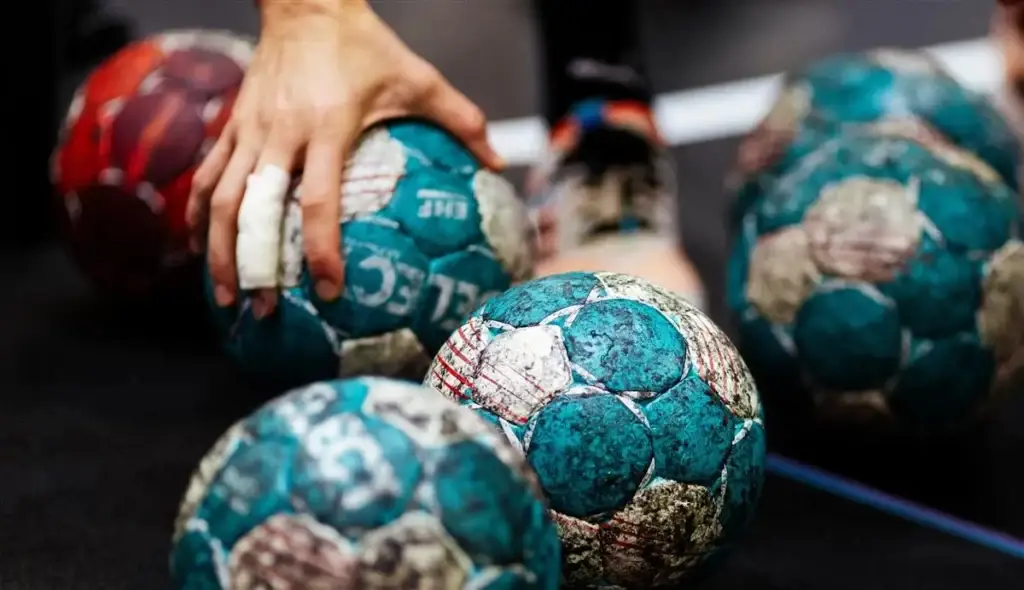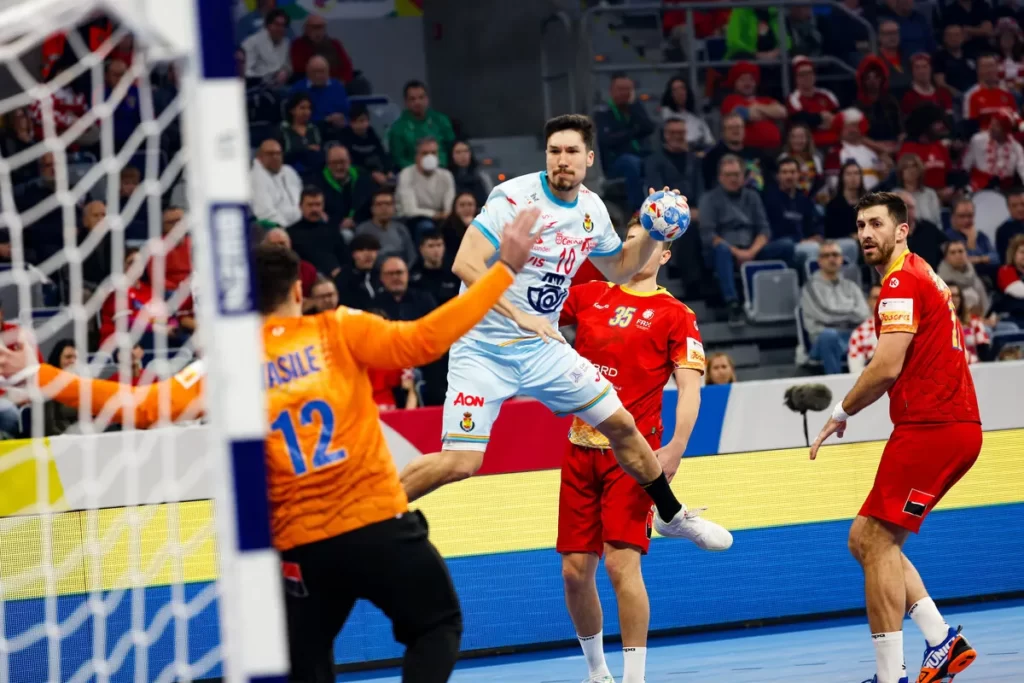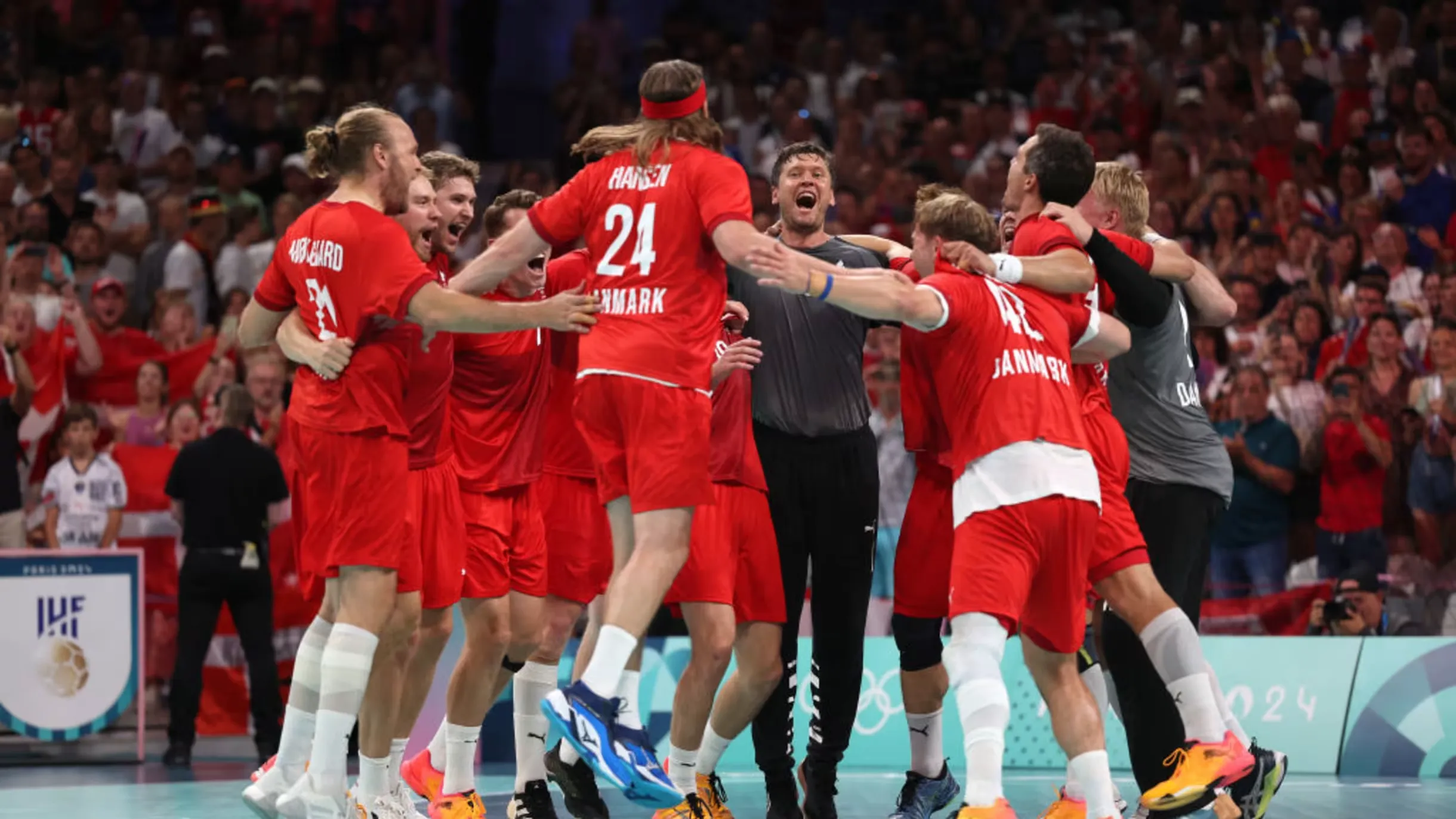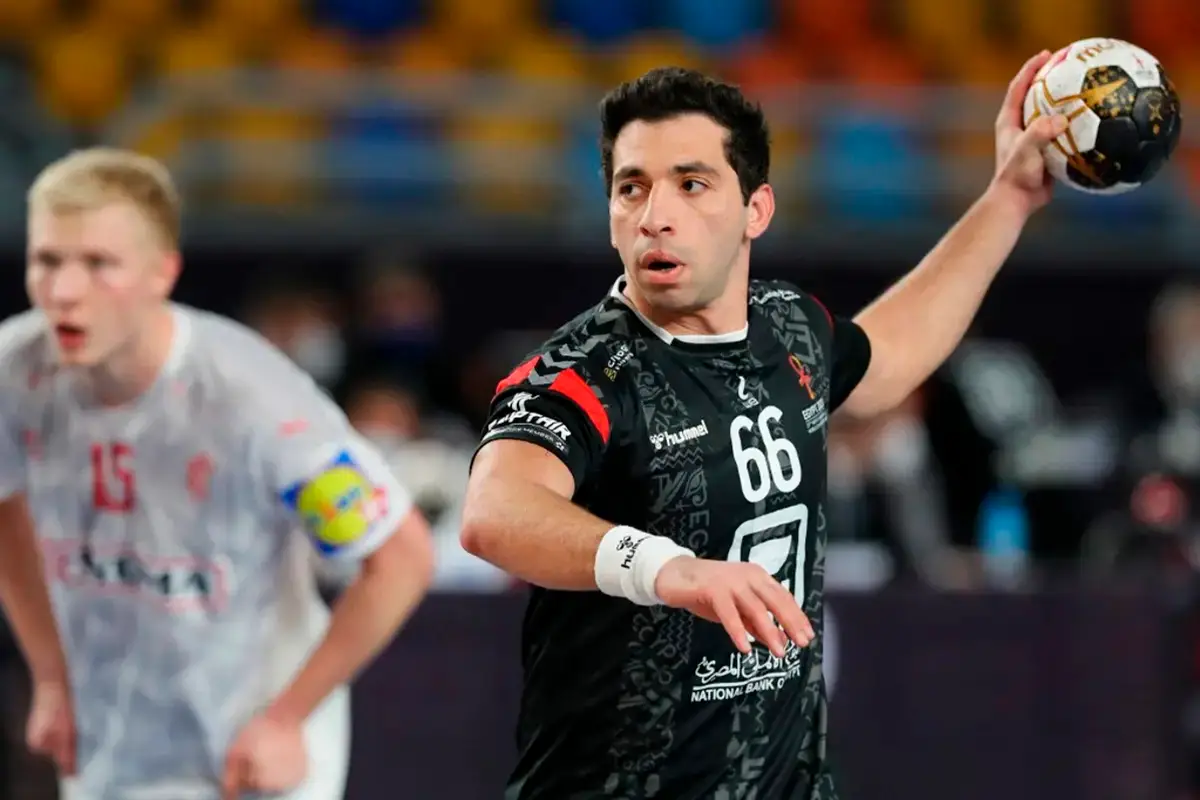Handball is one of the most dynamic and spectacular team sports and a very exciting game. It combines elements of basketball and football, requiring players not only to be physically fit, but also to work as a team. Let’s look at the basic rules and features of this sport.
Handball rules: the main points of the game in simple terms
Handball is a game where a team of seven players (six field players and a goalkeeper) tries to throw the ball into the opponent’s goal, beating the defense.
The rules are not as complicated as they might seem at first glance. There are several key aspects that will help you quickly master the basics:
- Duration of the match. The match consists of two halves of 30 minutes, with a 10-minute break. The timer is not stopped, except in special situations, which adds dynamics and tension.
- Moving with the ball. Players can take up to three steps with the ball in their hands. After that, they must make a pass or try to throw at the goal.
- Goal area. Only the goalkeeper is allowed to be in the area in front of the goal, field players cannot go there, even for the purpose of throwing.
- Penalties. Rough play is punished with temporary penalties (usually for two minutes), which seriously weakens the team for a while.
There are many nuances in handball, but they are mastered quickly thanks to practical training and active play.
How to play handball: secrets of triumph on the court
The game of handball involves the participation of two teams, each of which plans to throw as many balls as possible into the opponent’s goal. Here, not only physical qualities are important, but also clear team interactions.
To learn how to play handball, it is important to master the basic skills of attack, defense and quick transition from one phase of the game to another:
- Attack is one of the key stages of the game. Players use passes to move the ball, creating dangerous moments near the opponent’s goal. Throws are made from different positions, while trying to confuse the goalkeeper. Quick reaction and accuracy are the main components of a successful attack.
- Defense is the ability to effectively block the opponent’s movements. Players form a so-called “wall” that prevents throws and hinders the advancing attacker. The task of defense is not just to prevent the ball from being thrown in, but also to disrupt attacks by intercepting passes.
- Counterattack is an important element. When capturing the ball, defenders quickly go on the offensive, using the slowdown of opponents to dramatically change the course of the match.
Handball court and equipment
 The perimeter is a rectangular field 40 meters long and 20 meters wide. It is divided into two halves and has special markings that indicate attack, defense and goal zones.
The perimeter is a rectangular field 40 meters long and 20 meters wide. It is divided into two halves and has special markings that indicate attack, defense and goal zones.
Main equipment:
- Handball goals are rectangular structures 2 meters high and 3 meters wide. They are equipped with a net that makes it easy to see the result of a throw. The goalkeeper protects the goal, using reaction and intuition to stop powerful throws.
- The handball is made of leather or synthetic materials, it must be easy to hold in the hands, because the game requires quick and precise actions. The ball has different sizes depending on the age group: in men’s teams it is larger than in women’s and youth teams.
All elements of handball create unique conditions for a dynamic and spectacular game. Each has its own meaning and affects the strategy of the teams.
Team of Champions and Handball Tactics: How to Become an Integral Part of the Game
The success of a handball game depends largely on how well the roles are distributed and how the players interact with each other. A handball team consists of seven players, each of whom has a specific role:
- The goalkeeper is the key player in defense. He must anticipate the direction of throws, as well as initiate quick counterattacks by throwing the ball to the field players.
- The wingers are responsible for quick attacks on the flanks. They use their speed to get to the goal and shoot from acute angles.
- The central player is the brain of the team, managing the game, distributing passes and organizing attacks. His job is to analyze the situation on the court and find free zones to pass the ball.
- The line player positions himself near the opponent’s goal line and distracts the defenders, creating opportunities for team members to shoot. He is often in contact with the opponent’s defenders, which makes his game extremely physical.
Handball tactics include active position changes and combined actions, which allow the team to adapt to the situation on the court and exploit the opponent’s weaknesses. Coordinated work of the entire team is the basis for victory.
Handball match: adrenaline and endless emotions
A real drama, where every moment can change the course of events. The high speed of the game, frequent changes in attacks and defense create an atmosphere of constant tension in handball. Each attack can end with a goal, and any mistake can be fatal.
The first half of the match is usually like reconnaissance: the teams try to evaluate each other’s tactics, find weaknesses. Then the pace of the game gradually increases, and in the second half a real battle begins, where physical endurance and psychological stability of the players are important.
Emotions are running high on the handball court. Fans witness incredible throws, desperate saves by the goalkeeper and tense moments at the gate. The game of handball is literally charged with energy – from bright combinations to sharp counterattacks, each match brings many spectacular episodes.
The game of handball is continuous movement, fast attacks and active struggle for the ball
 Handball is an explosion of emotions and adrenaline, where every second is filled with struggle and desire to win. It is a game for those who are not afraid to give their best and enjoy the process. It is also a great alternative to classic soccer, basketball and volleyball.
Handball is an explosion of emotions and adrenaline, where every second is filled with struggle and desire to win. It is a game for those who are not afraid to give their best and enjoy the process. It is also a great alternative to classic soccer, basketball and volleyball.
 en
en  ru
ru  de
de  ar
ar  es
es  nl
nl  hi
hi  fr
fr  it
it  pt
pt  el
el 










